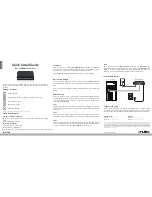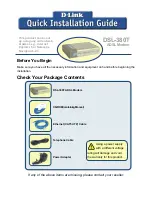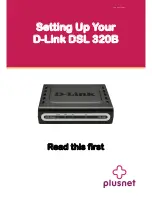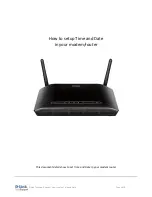
Advanced Modem Concepts
E-4
Issue 2 May 1995
The format for the command that controls data compression is:
TYPE:
AT%C
n
where
n is 0 for off and 1 for on.
PRESS: Enter
Flow Control
Flow control is a method of stopping and starting data flow
between two devices. This prevents one device from accepting
so much data that its buffer (temporary storage area) fills and
then overflows, resulting in data loss or errors. Flow control can
occur between a modem and computer or between two modems
or between two computers. The following sections use
Figures E-1 and E-2 to help illustrate various methods of flow
control.
Modem-to-Computer Flow Control
Often, your computer is able to send data to your modem faster
than the modem can transmit it across the telephone line. As a
result, the modem’s buffer begins to fill with data received from
the computer. To prevent the buffer from filling and overflowing,
which would result in data loss and errors, the modem tells the
computer to stop sending data.
When the modem’s buffer is almost full (usually 80%), it tells the
computer to stop sending data as illustrated in Figure E-1. Once
the modem has a chance to transmit its buffered data, it tells the
computer to continue sending data.
To do this, the modem can use either software characters
(XON/XOFF) embedded in the data stream or hardware
signals (CTS/RTS) on the serial connector to control data flow.
The \Q command lets you determine which flow control method
the modem uses to stop data from the computer, as well as
which method the computer uses to stop data from the modem.
In some situations, the computer can stop data flow from the
modem as illustrated in link A—B of computer-to-modem flow
control in Figure E-2. In this instance, if Computer A’s buffer
begins to fill, it can stop data flow by sending an XOFF to
Modem B or by lowering its RTS signal to Modem B.
















































